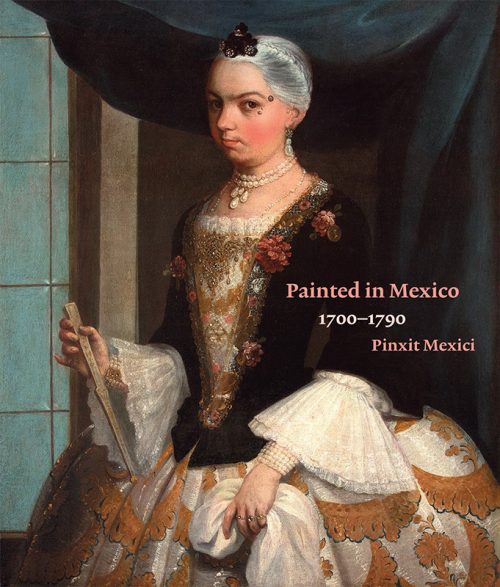
Painted in Mexico, 1700-1790: Pinxit Mexici at LACMA
| October 19, 2017 | |
| Art of the Spanish Americas |
The first major exhibition and publication devoted to eighteenth-century Mexican painting, Painted in Mexico, 1700-1790: Pinxit Mexici thoroughly contextualizes and repositions a period of art marked by major stylistic developments and the invention of compelling new iconographies. During this period, painters were increasingly commissioned to create mural-size works for the Viceroyalty of New Spain. The same artists produced portraits, casta paintings (depictions of racial mixing), folding screens, and finely rendered devotional images, attesting to their versatility, inventiveness, and rich pre-hispanic heritage.
On view at LACMA and organized around seven themes- Great Masters, Master Story Tellers, Noble Pursuits and the Academy, Paintings of the Land, The Power of Portraiture, The Allegorical World, and Imagining the Sacred- Painted in Mexico brings together over 100 works of art, many of them restored for the exhibition and previously unpublished. Positioned in sociopolitical context, the works offer a new understanding of the history of Mexican painting and its transatlantic connections, the political role of images, and the emphasis on ornamentation in the balance of tradition and innovation.
The Thoma Foundation is proud to sponsor the publication, a fully-illustrated book with over 130 catalogue entries and essays by leading scholars in the field, including contributions by Ilona Katzew, Luisa Elena Alcalá, Jaime Cuadriello, Paula Mues Orts, and Ronda Kasl. Co-organized with Fomento Cultural Banamex, Mexico City, and traveling subsequently to the Metropolitan Museum of Art, Painted in Mexico represents a major contribution to our understanding of a previously under-researched period of art. It is on view at LACMA from November 19, 2017 through March 18, 2018. Learn more about the exhibition in Blouin Artinfo.
